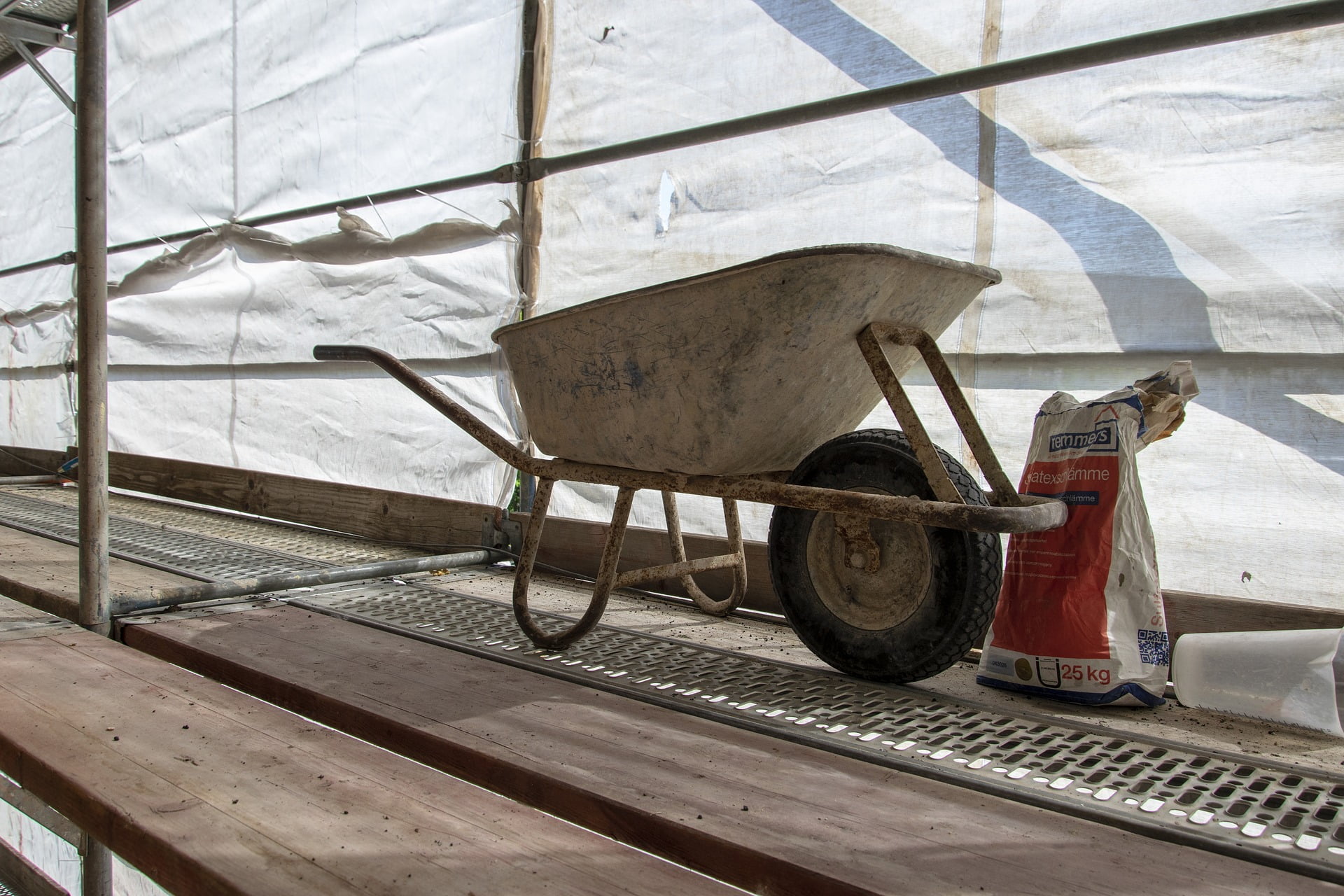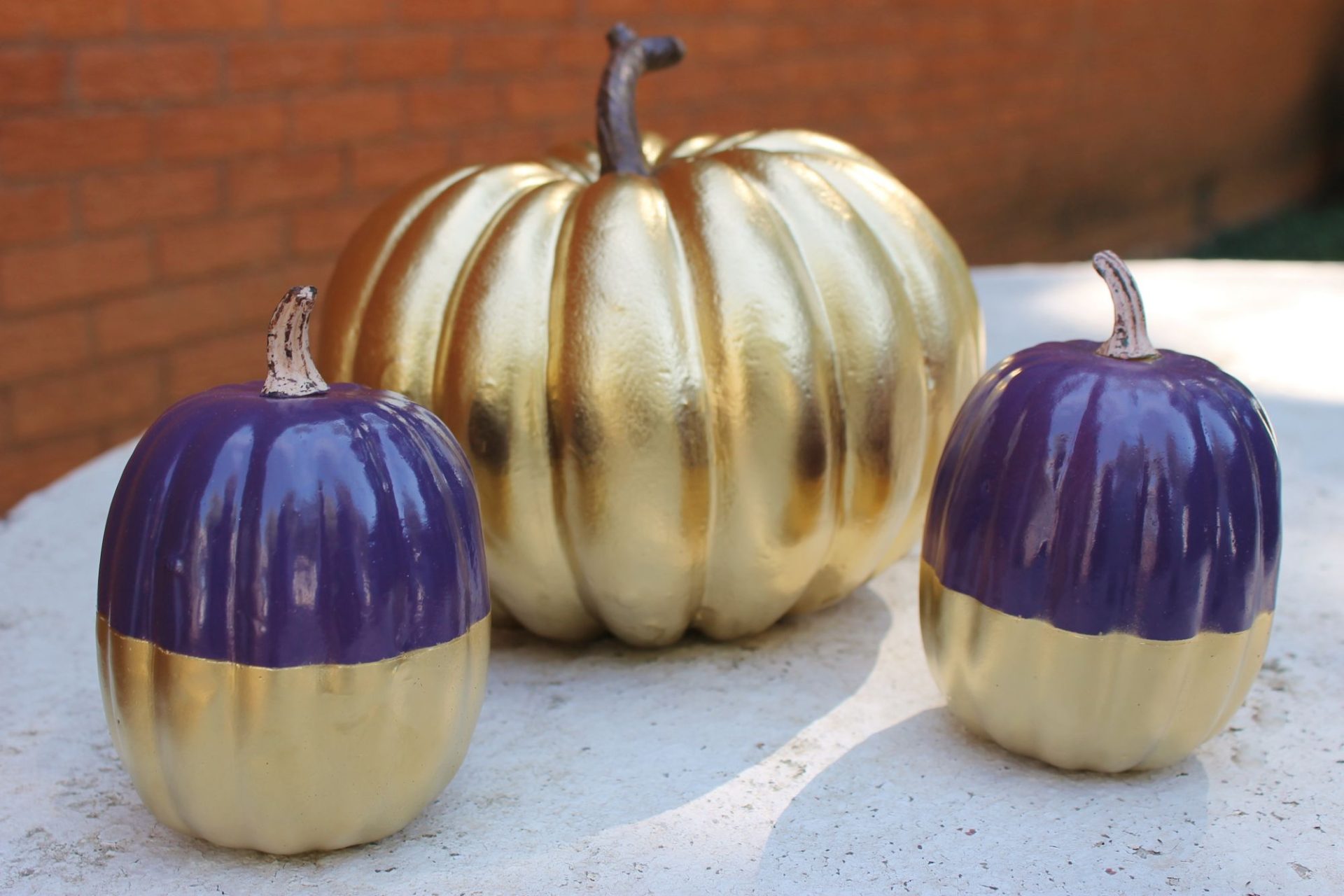Concrete is an essential foundation for many DIY backyard projects. It can be used for small projects such as anchoring in fence posts or laying a walkway through a flower bed. It is also helpful for larger projects like creating a small cement pad or fire pit. Regardless of how much you use concrete, learning how to properly mix concrete will surely be a helpful skill to learn. Mixing concrete is actually a very simple process. Just add water. Although it is simple, there are a few basics that will make mixing concrete a breeze for any handyman. This article will cover the basics of mixing concrete, so your next project will be a success.
What Is Concrete?
Concrete is made up of three main components: aggregate (crushed rock, sand, limestone, or gravel), water, and cement. The water mixes together with the cement and the aggregate to bind them together. As the cement dries over time it harden until we have the binding agent we call concrete. It is strong, durable, and weatherproof. Not to mention concrete is easily found at any hardware or home and garden store. Concrete mix is usually sold in 40, 60, or 80 lb bags, but it can also be sold in buckets for easy mixing. Concrete sold in big buckets are usually smaller in quantity, like 20 lbs, and used for fast setting jobs like repairing a concrete steps.
Types of Concrete
For small DIY concrete projects and even some bigger backyard endeavors buying bags of concrete from a hardware or home and garden store is your most economical option. While there are specialty mixes available such as “fast setting” “extra strength” or “fiber reinforced”, most projects will simply call for a standard bag of concrete. For large projects, like a patio, it may be worth looking into renting a cement mixer. Check the labels on the bags to determine if your project is suited for the bag of concrete you wish to purchase.
How Much Concrete to Use
You may be surprised that even your small DIY projects might use more concrete than you are expecting. Most concrete bags will display in cubic feet, how much concrete the bag will yield. It may be hard to conceptualize how many cubic feet it takes to make your project. Luckily there are concrete project calculators online that can give you a good estimate. It is better to air on the side of caution and end up with extra concrete than to reach the end of your project and not have enough.
Tools Needed for Mixing Concrete
Like most DIY projects, having the right tools can make a big difference. Mixing concrete is no exception. Tools you will most likely need while mixing concrete include:
Safety Gear
Safety goggles, gloves and mask are important because the cement within the concrete mix can be caustic. This means if you breath in the cement dust it could restrict your breathing. Also, if the liquid cement comes in contact with your skin it could give you a chemical burn on your skin. While any thick gardening gloves will work, waterproof gloves are recommended
Water
Fill a large bucket or watering can with water and add it with a measuring cup when mixing concrete to insure accuracy. Too much water and the concrete will be weak. Not enough and it will be dry and not form correctly. Using a measuring cup to pre-determine how much water to pour is more accurate than using a garden hose. It is essential to add water a little bit at a time, and take your time to really mix it up after adding any water. This is because concrete can get “wetter” as you mix it, so while it may not feel like you added enough water the mix will get soupier as it is mixed. Leave a cup or two of dry mix out while you mix your concrete in case too much water is added.
Wheelbarrow
Wheelbarrows are ideal for mixing concrete. Although you can use a large bucket, a wheelbarrow offers the convenience of mobility. It is also easier to mix the water and concrete together with a large surface to mix it on, like a wheelbarrow. Concrete can become quite heavy once all the water is added. Picking up and hauling a bucket to your work site after mixing it may be come tedious. It is much easier to push it around in a wheelbarrow.
Garden Hoe or Shovel
A large garden hoe or a flat shovel is ideal for mixing the water throughout the dry concrete. The flat blade of the hoe or garden ensures that you can scrape the bottom of the wheelbarrow to mix thoroughly. It is also handy for scraping and scooping wet concrete out of the wheelbarrow and onto your work space.
The “Slump” Test
A paper or plastic cup is useful when mixing concrete so you can perform the “slump” test. When mixing concrete it is important to have the right water to concrete mix ratios. To do the slump test simply cut off the bottom of the cup so that the cup resembles a cone. Scoop up enough concrete mix to fill the cone and pour it into your cup. When you remove the cup if the concrete cone “slumps” down to about half the height of the cup it is properly mixed. If it does not “slump” at all the mixture is too dry. If the mixture is to soupy and cannot keep a cone shape you have added too much water. Adjust your mix accordingly until it can pass the “slump” test.
Mixing Concrete
The process of mixing concrete is easy. Simply cut open the bag of concrete mix and pour into your wheelbarrow. Measure out the proper amount of water and slowly add it to your mixture, stirring as you go. If you are using multiple bags of concrete you may choose to mix it all at once, or a little at a time. Just keep in mind how long each portion of the project will take to ensure your mixed concrete doesn’t have time to dry before you can use it. Keep stirring the mix, making sure you scrape the bottom of the wheelbarrow so no dry spots are left. Then simply move your wheelbarrow to your work site and scoop the concrete over by the shovelful.
Cleaning Up
When you are finished with your project do not delay the cleanup process. Fill your wheelbarrow with water and use a hard bristle brush to clean your tools in the water. If the concrete dries it can be very difficult to remove from your tools, so cleaning quickly is important. Once you are satisfied that all concrete has been removed, dump out the water in a back corner of your yard. The water will have bits of concrete and cement which can kill grass, so dump it out where it cannot harm your lawn. If you have lots of mixture left over break it into small manageable chunks and let it dry, then throw them away.
In Conclusion
Mixing concrete is easy. If you are careful and concise in your mixing you will have strong concrete that will make any DIY project last a lifetime. So next time you need concrete, grab your wheelbarrow and shovel mix confidently!
Related Article: Best Wheelbarrow: Our Top 10 Picks for You to Choose









